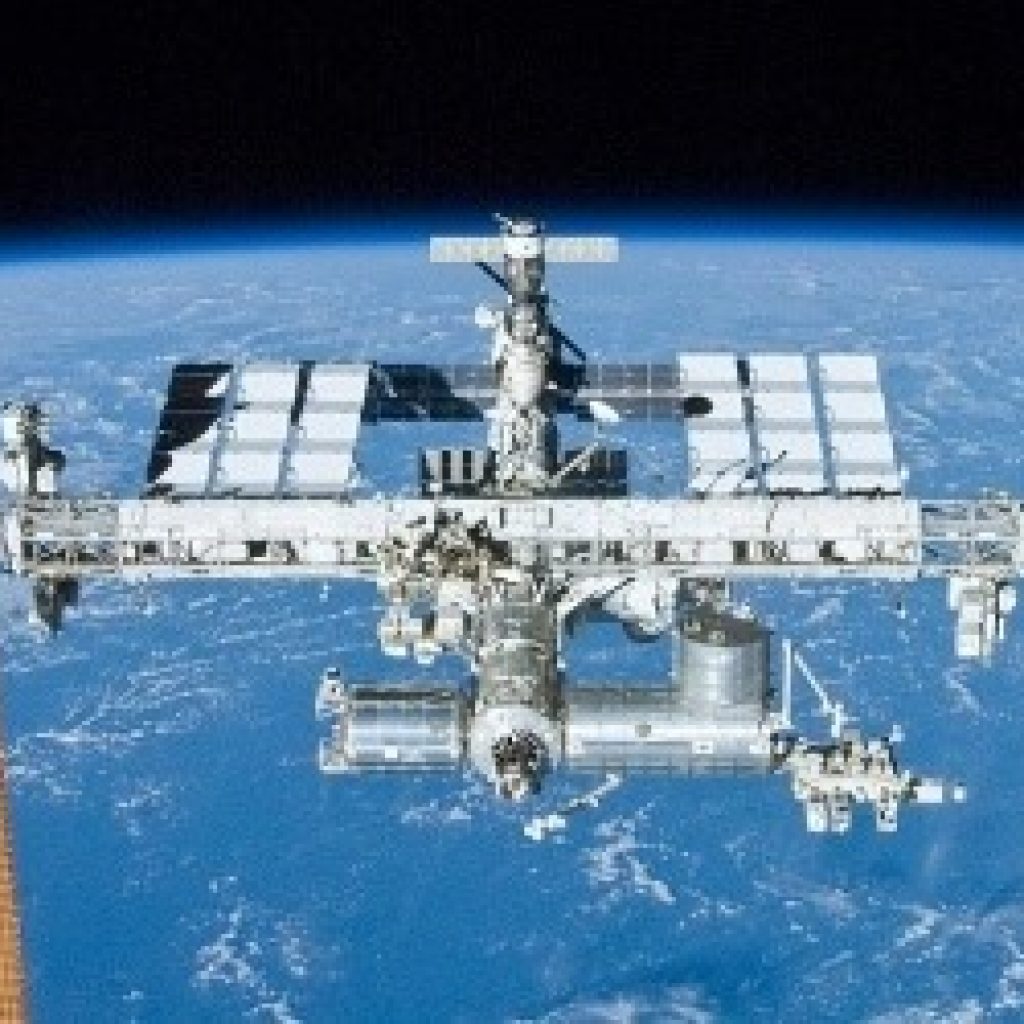(WCIA.com) A small satellite known as CAPSat built by the University of Illinois’ Department of Physics was deployed into space recently from the International Space Station. CAPSat (Cool Annealing Payload Satellite)is only the size of a loaf of bread, but it contains an important experiment that will help engineers determine how to protect a future quantum internet satellite network from radiation in orbit.
CAPSat was constructed as part of a collaborative experiment of the University of Illinois and the University of Waterloo in Canada. Illinois physics professor Paul Kwiat serves as the primary investigator of the project, assisted by Waterloo physics and astronomy professor Thomas Jennewein and Illinois aerospace engineering professor Michael Lembeck.
“The eventual development of a global quantum internet would enable several further advancements,” Kwiatt said. “Ranging from the ability to do quantum computing in the cloud—accessing and programming queries on the network without ownership of a quantum computer—to the potential use of the network for distributed quantum sensing, such as a quantum telescope.”
It took six years of planning and experiments to get CAPSat built and deployed into space. Much of the work was done by undergraduate students at UIUC, two of whom personally delivered CAPSat to NASA’s launch service provider Nanoracks in early July. The satellite arrived on the ISS in late August via a SpaceX resupply mission.
Small CAPSat from U Illinois Launched to Determine How to Protect a Future Quantum Internet Satellite from Radiation
